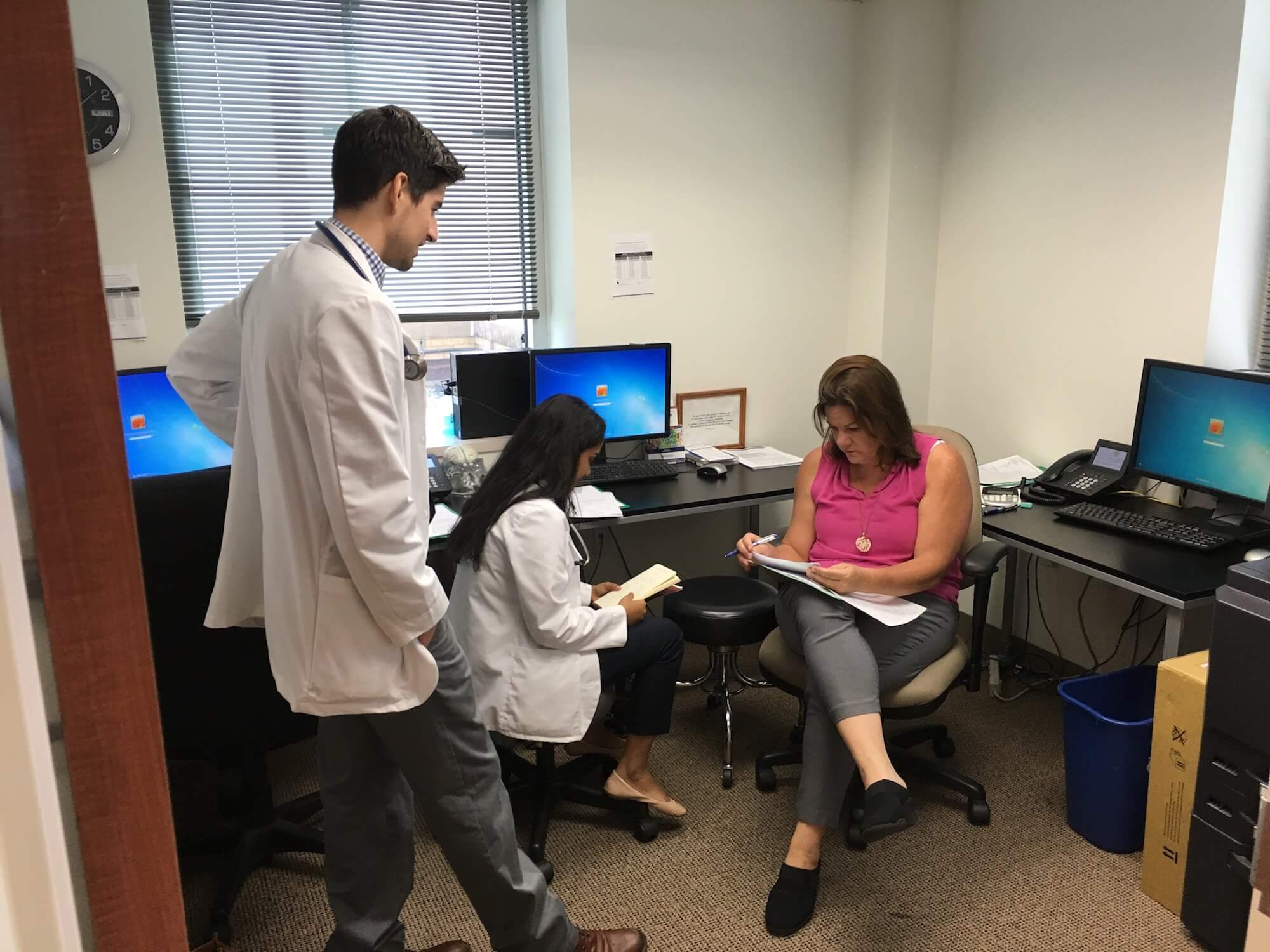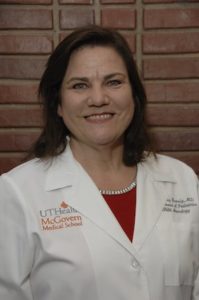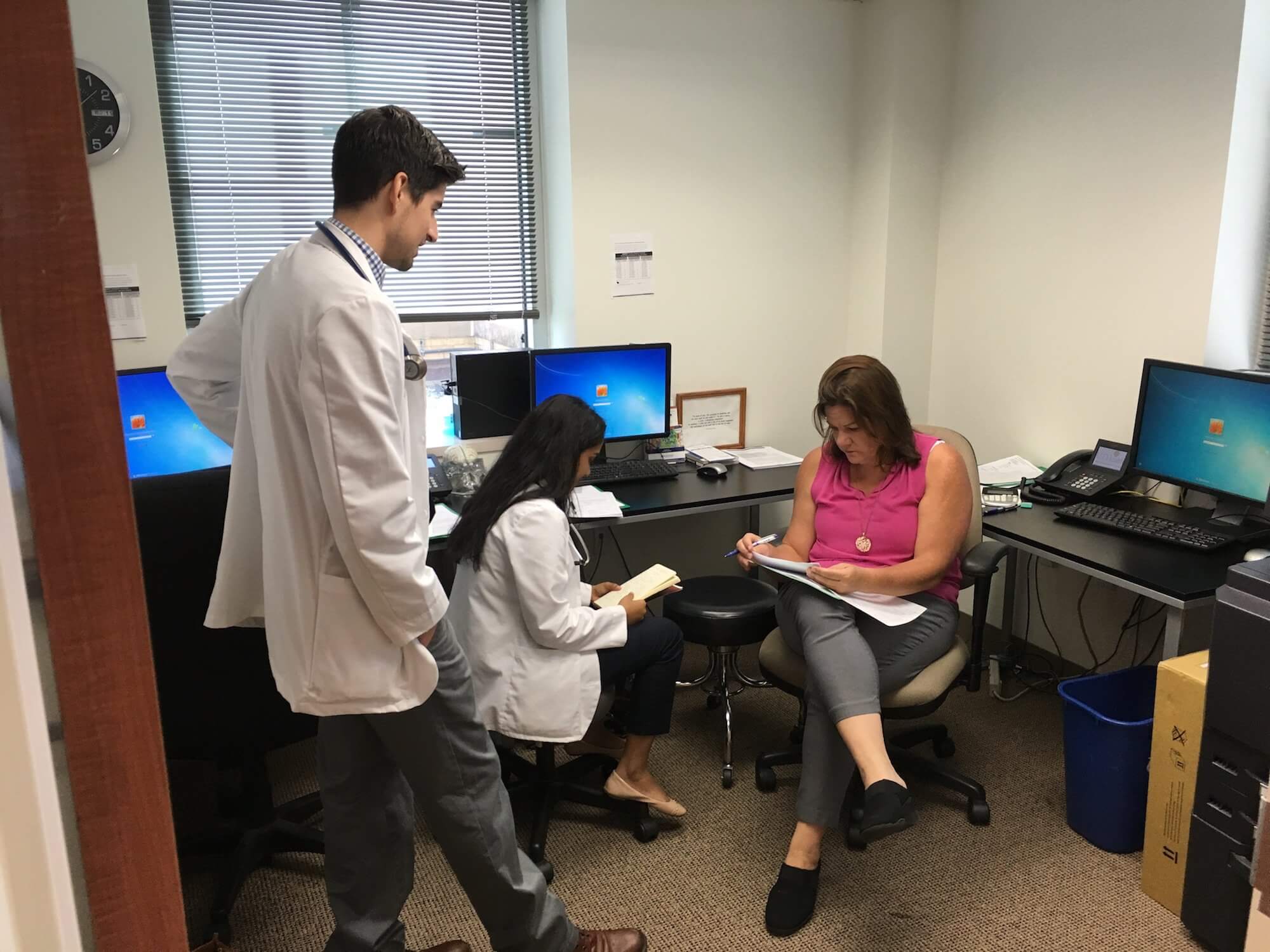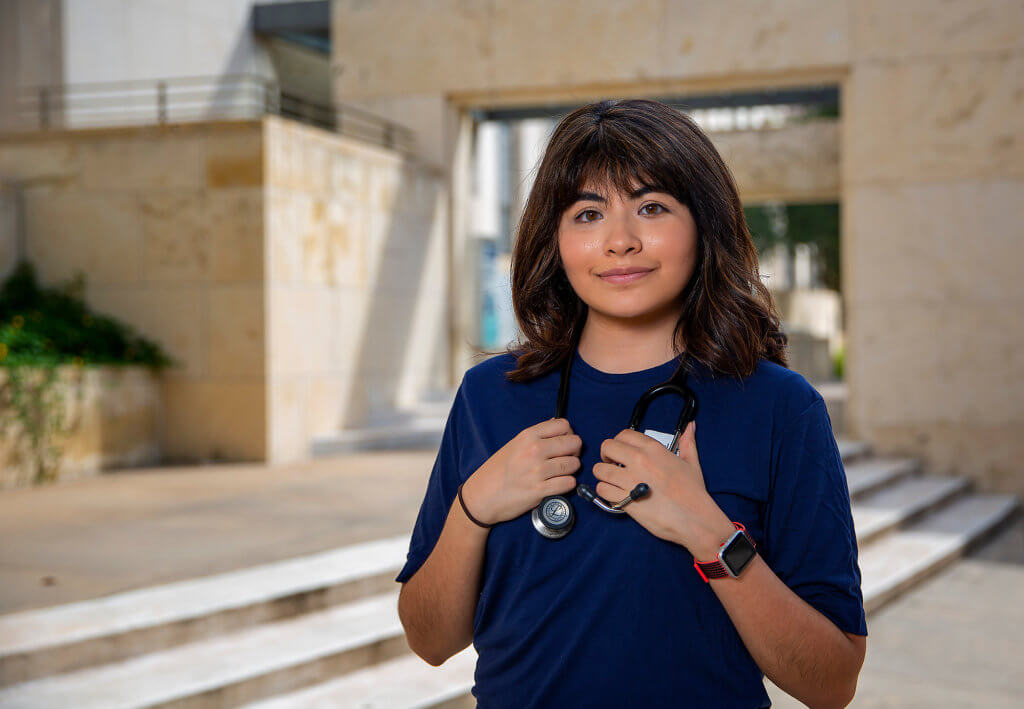UTHealth Works to Bring Awareness, Education to Mitochondrial Diseases

Mitochondrial disease was put in the spotlight earlier this year when the parents of Charlie Gard, an infant from London, sought a way to treat his mitochondrial DNA depletion syndrome, a genetic disorder that causes progressive brain damage and muscle weakness.
Decisions about his care went to court, and Charlie’s case went viral, with even Pope Francis and President Donald Trump weighing in on what should happen. Unfortunately, Charlie passed away on July 27, about a week before his first birthday.
This week, the world recognizes Mitochondrial Disease Awareness Week as a way to help educate people about the disease. Between 1,000 and 4,000 children are born with a type of the disease each year, according to the United Mitochondrial Disease Foundation.
Mitochondrial disease is a type of metabolic disease. Mitochondria are the “powerhouses” of the cells in your body, and their role is to convert energy from food into the adenosine triphosphate (ATP) chemical that makes organs in the body work.

Mary Kay Koenig, M.D.
Mitochondrial diseases have been around for a long time, but physicians are now recognizing what they really are, said Mary Kay Koenig, M.D., a pediatric neurologist and director of the UT Mitochondrial Center of Excellence, part of The University of Texas Health Science Center at Houston’s McGovern Medical School.
Koenig joined UTHealth in 2007, and opened a mitochondrial clinic to take care of people who have the disease as a result of genetics.
Saying someone has mitochondrial disease is like saying someone has lung disease—there is not just one mitochondrial disease, there are many, she said. Patients run the spectrum of ages, too.
“It can appear in early childhood and infancy, when the child becomes very sick quickly,” Koenig said. “Other forms present later, or are more mild cases. The onset could be at any age and any degree of progression.”
The disease can cause things like muscle weakness and dementia. Even pinpointing symptoms is difficult, Koenig said. A majority of the people with the disease first go to a physician because of a neurological concern. Strokes, dementia, developmental problems and seizures are common. In children, parents may notice developmental delays and take their child to the pediatrician to figure out what is going on, she added.
Historically, the disease is degenerative, meaning it will get worse over time. If a patient has strokes, they will have more stokes. They will have continued muscle weakness over time, called myopathy, and may have trouble walking long distances.
There is not a treatment for mitochondrial disease right now. Instead, patients are prescribed a variety of over-the-counter supplements like Coenzyme Q10. Koenig said CoQ10 improves the efficiency of mitochondria because it assists the mitochondria in converting food into energy. While there are no studies proving it helps with the disease, some patients report benefit with its use, she added.
The UT Mitochondrial Center of Excellence is actively involved in clinical trials to help patients improve day-to-day function. The center is enrolling patients in two studies aimed at finding new drugs to be approved by the U.S. Food and Drug Administration. Currently, there are no drugs on the market.
“We will continue to expand clinical care and research,” Koenig said. “We hope in next five years to have an FDA-approved therapy for people with mitochondrial disease. It may not be the answer for everyone, but getting a first treatment will be groundbreaking for this industry. The more we understand, the better we will be at targeting treatment.”





